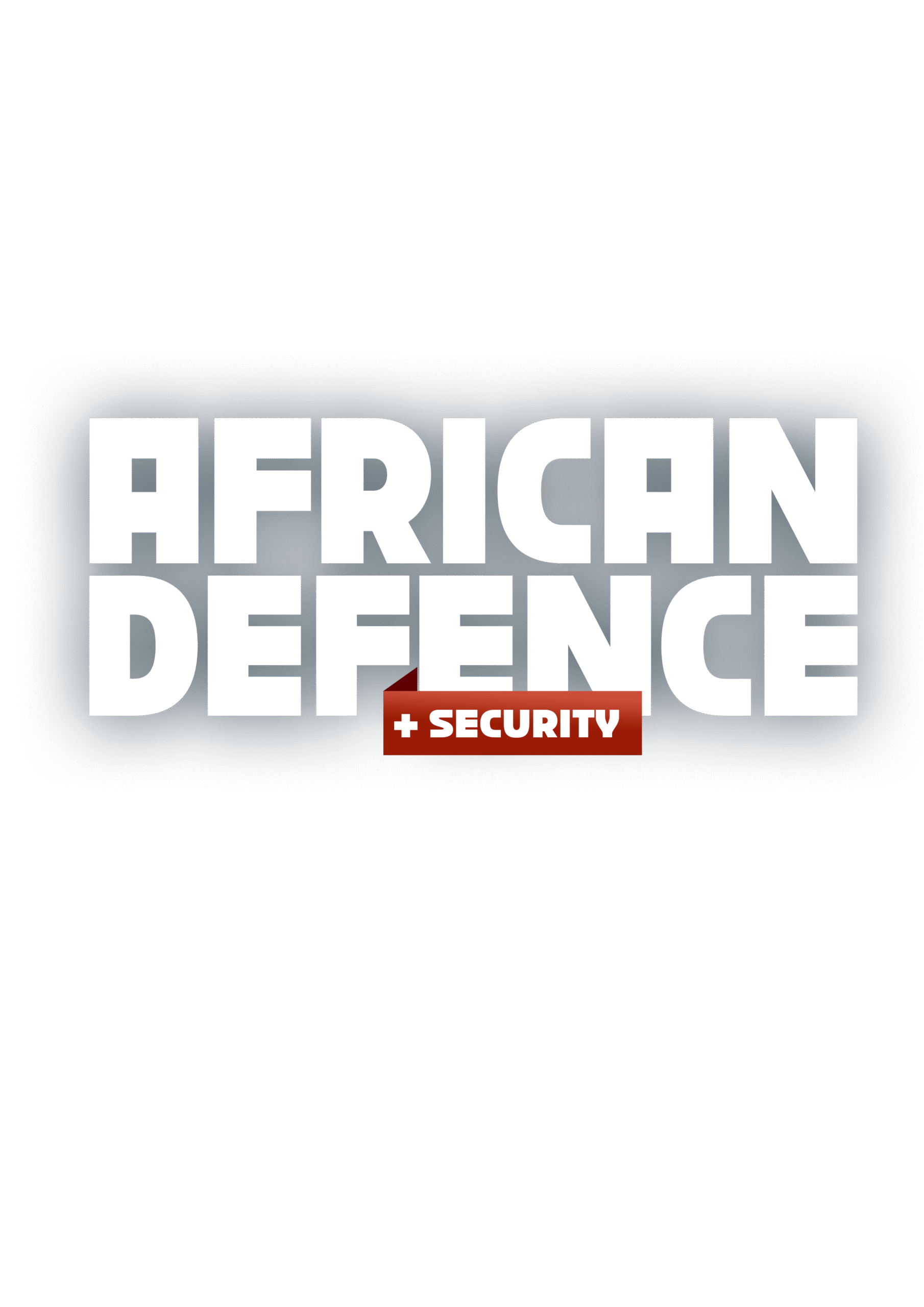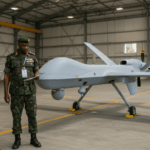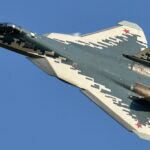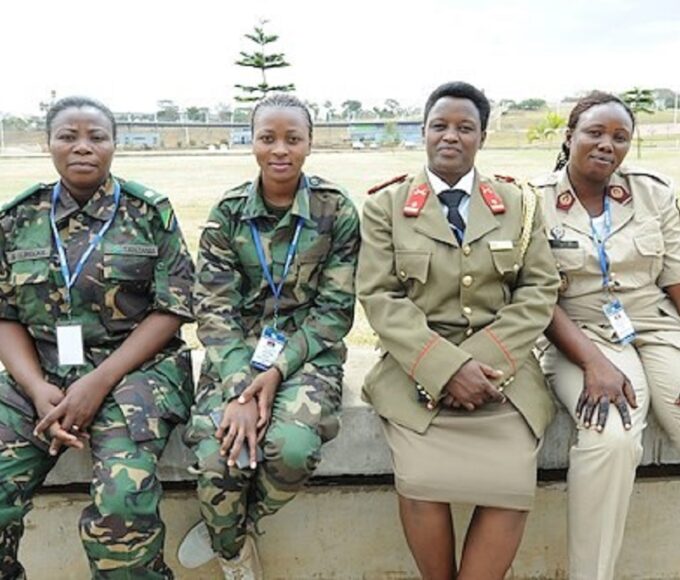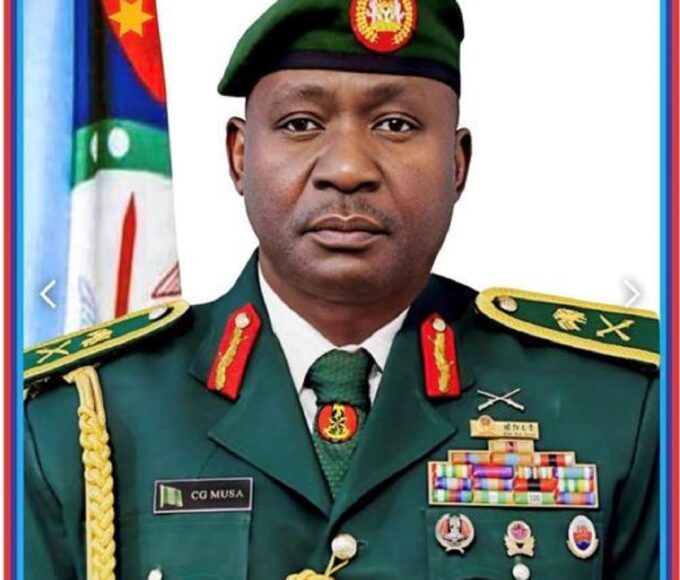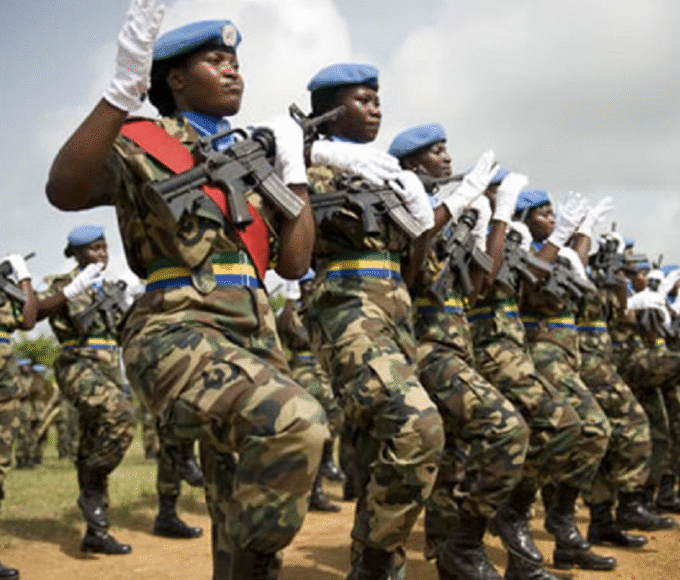Africa’s Defence Industry: Confronting Challenges, Unlocking Strategic Potential
Africa’s defence sector remains largely dependent on external suppliers for high-tech weaponry, surveillance systems, and maintenance capabilities.
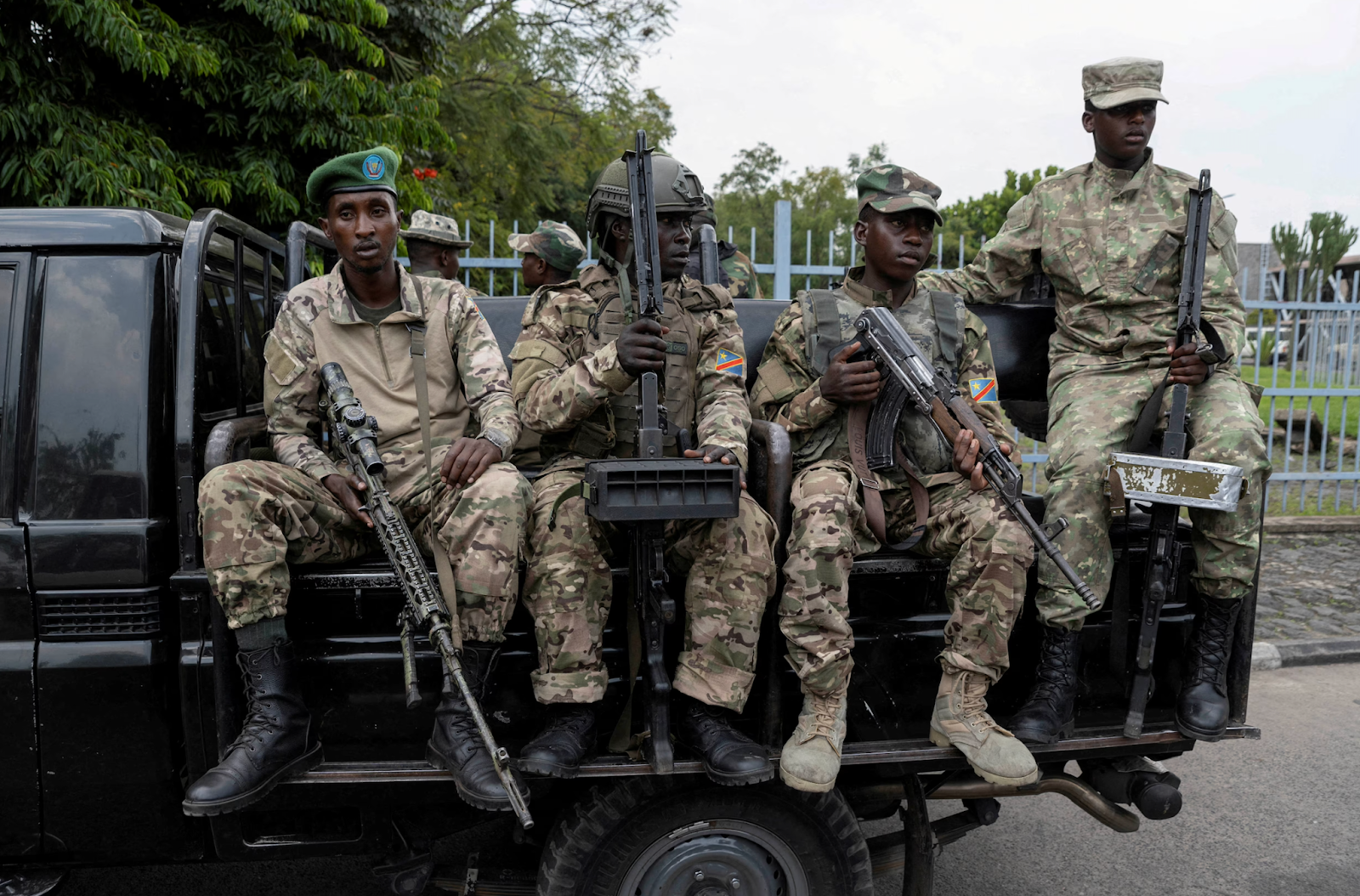

The African defence industry stands as a cornerstone of the continent’s quest for peace, sovereignty, and strategic autonomy. In an era marked by evolving security threats—from insurgency and terrorism to transnational organised crime and border tensions—the capacity of African states to protect their people and project stability hinges significantly on the strength and resilience of their defence sectors.Despite its strategic importance, Africa’s defence industry continues to grapple with deep-rooted challenges that constrain its effectiveness and sustainability. These issues, ranging from technological dependency to fiscal constraints, governance gaps, and regional fragmentation, hinder the continent’s ability to respond to both internal and external threats with agility and innovation.
Enduring Challenges in Africa’s Defence Sector
1. Technological Dependence and Innovation Gaps
Africa’s defence sector remains largely dependent on external suppliers for high-tech weaponry, surveillance systems, and maintenance capabilities. The absence of robust local research and development ecosystems limits indigenous innovation, compromising the continent’s ability to build adaptable solutions tailored to its diverse conflict theatres. Asymmetric warfare in the Sahel, piracy in the Gulf of Guinea, and cyber threats across digital borders demand context-specific responses, yet many nations lack the technological base to meet these demands effectively.
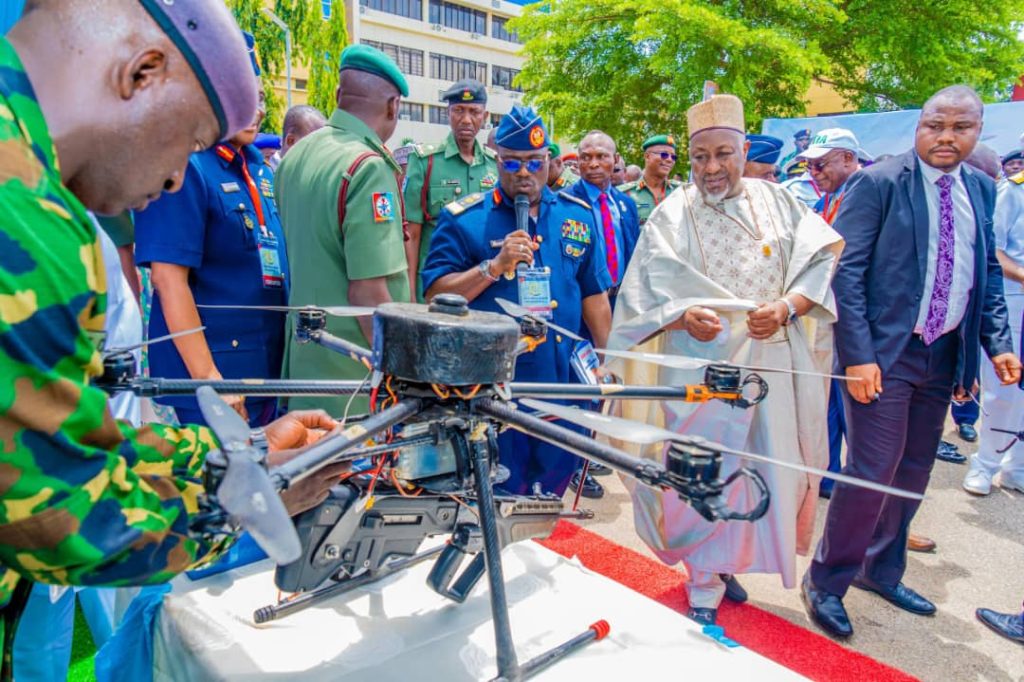
2. Chronic Underfunding and Budgetary Constraints
While security demands have surged, defence allocations in many African countries have either stagnated or declined. The resulting shortfalls manifest in outdated equipment, inadequate logistics, insufficient troop training, and constrained operational readiness. Military modernisation plans are often shelved, not for lack of strategic foresight, but due to fiscal incapacity. This funding gap diminishes deterrence and undermines Africa’s contributions to multinational peacekeeping operations.
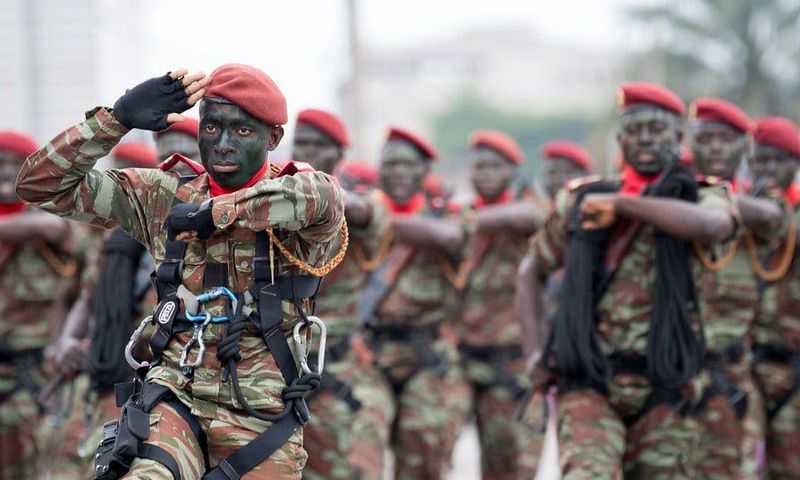
3. Corruption, Governance Weaknesses, and Lack of Oversight
Defence procurement processes across the continent are frequently mired in opacity, creating fertile ground for corruption and waste. Weak institutional frameworks and poor oversight mechanisms erode public trust and diminish the operational integrity of defence institutions. In extreme cases, corruption diverts critical resources away from frontline units and undermines national security.
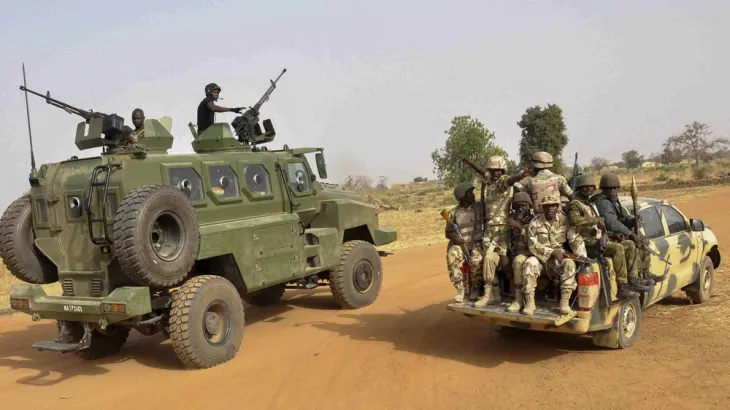
4. Fragmented Industrial Capacity and Limited Regional Integration
Only a handful of African countries—namely South Africa, Egypt, Algeria, and to a growing extent Nigeria and Kenya—possess semi-mature defence industrial complexes. The rest of the continent relies heavily on imports, aid, or legacy systems. Fragmentation, lack of coordinated procurement standards, and limited regional collaboration further weaken economies of scale and technological exchange within Africa.
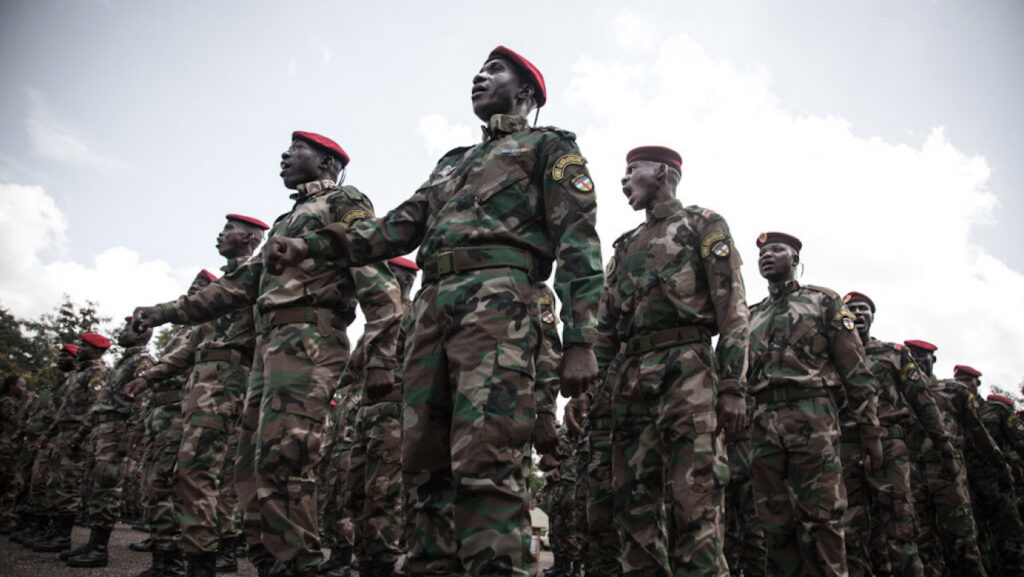
5. Illicit Arms Proliferation and Weak Regulatory Frameworks
The unchecked flow of small arms and light weapons remains one of the most destabilising forces across Africa. From the Horn to the Lake Chad Basin, poorly regulated arms markets fuel insurgencies and criminal networks. The continent’s weak arms control regimes and enforcement capacity have allowed illicit stockpiles to sustain conflict economies and undermine state authority.
The roots of Africa’s defence industry trace back to colonial and wartime exigencies. During World War II, South Africa began limited local arms production to support Allied operations. Post-independence, Cold War dynamics catalysed further development as African countries aligned with either Eastern or Western blocs to access military technology and build domestic capacity.
In subsequent decades, countries like Egypt and Ethiopia sought to develop full-spectrum military manufacturing capabilities, while others focused narrowly on small arms. South Africa, under apartheid-era sanctions, developed a formidable arms industry as a means of survival, birthing institutions like Denel. However, post-1994 transitions, inconsistent investment, and global competition have eroded much of this initial momentum. Today, Africa’s defence production remains uneven and highly centralised, often disconnected from broader industrial policy frameworks.
A Historical Perspective: Evolution of Africa’s Defence Base
The roots of Africa’s defence industry trace back to colonial and wartime exigencies. During World War II, South Africa began limited local arms production to support Allied operations. Post-independence, Cold War dynamics catalysed further development as African countries aligned with either Eastern or Western blocs to access military technology and build domestic capacity.
In subsequent decades, countries like Egypt and Ethiopia sought to develop full-spectrum military manufacturing capabilities, while others focused narrowly on small arms. South Africa, under apartheid-era sanctions, developed a formidable arms industry as a means of survival, birthing institutions like Denel. However, post-1994 transitions, inconsistent investment, and global competition have eroded much of this initial momentum. Today, Africa’s defence production remains uneven and highly centralised, often disconnected from broader industrial policy frameworks.
Strategies for Defence Industrial Transformation
If Africa is to achieve strategic autonomy and reduce vulnerability to external shocks, a deliberate defence industrial transformation agenda is required. Key priorities should include:
- Increased and Strategic Defence Funding: Defence budgets must reflect the scale of threats African countries face. Long-term financial commitment is essential for research, innovation, personnel development, and infrastructure upgrades. Defence spending should also be transparent and results-oriented, linked to measurable outcomes in readiness and capability.
- Investment in R&D and Indigenous Innovation: Building homegrown defence technologies is not a luxury—it is a strategic imperative. Governments should incentivise defence-focused R&D partnerships between academia, military institutions, and the private sector, fostering a culture of continuous innovation.
- Strengthened Regional Cooperation and Industrial Clusters: The African Continental Free Trade Area (AfCFTA) presents an opportunity to harmonise standards and co-develop defence capabilities. Shared production hubs, joint ventures, and regional procurement platforms can reduce costs, boost interoperability, and accelerate capability development.
- Inclusion and Capacity Building: Empowering women, youth, and small enterprises within the defence ecosystem can unlock untapped human capital. Programmes that build technical skills and promote diversity are essential for long-term sectoral growth.
- Robust Regulatory Oversight and Transparency: Effective arms control regimes, licensing protocols, and export compliance measures are vital to curb proliferation and build international credibility. Public oversight of procurement and audit processes will also enhance accountability and public trust.
- Digital Readiness and Future Capabilities: As warfare evolves into cyber, space, and drone domains, African defence institutions must adapt. Investing in cybersecurity, digital command structures, and AI-based threat detection will define the next frontier of military effectiveness.
Turning Challenge into Strategic Opportunity
The defence industry in Africa is at a crossroads. On one hand, it remains constrained by legacy inefficiencies, fiscal bottlenecks, and geopolitical dependency. On the other, it holds immense potential to drive technological advancement, create employment, strengthen state legitimacy, and bolster regional security.
Realising this potential demands bold political will, strategic investment, and regional solidarity. African leaders, defence planners, and industrialists must align efforts to build a defence ecosystem that is modern, accountable, and responsive to the continent’s unique security dynamics. With the right vision and partnerships, Africa can transform its defence sector into a catalyst for peace, stability, and economic transformation.
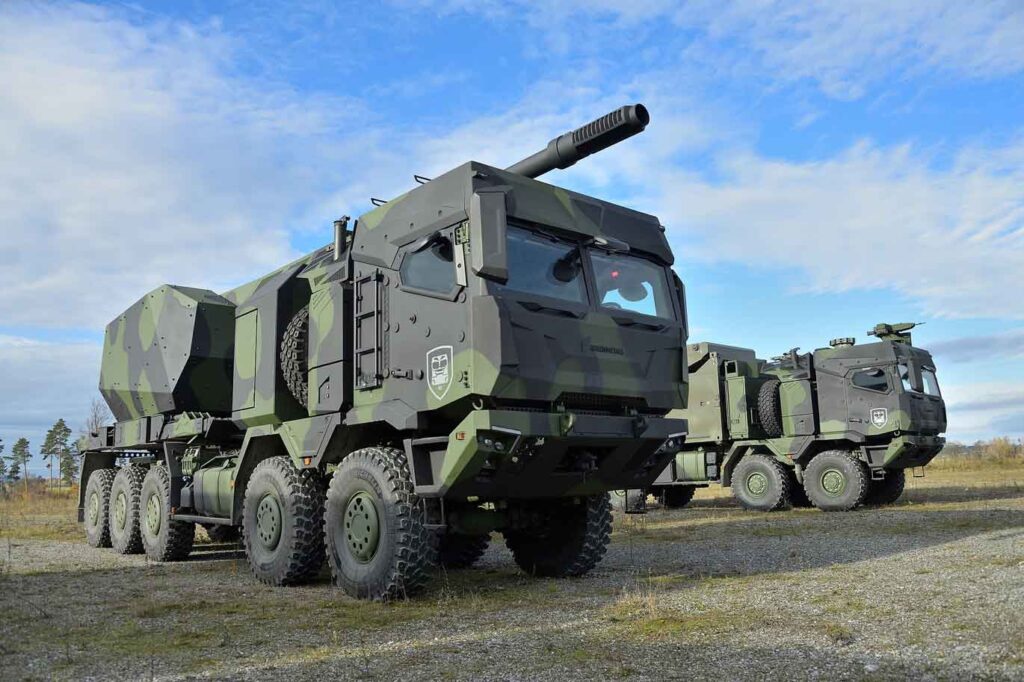

Review Overview
Summary
Pellentesque iaculis gravida nulla ac hendrerit. Vestibulum faucibus neque at lacus tristique eu ultrices ipsum mollis. Phasellus venenatis, lacus in malesuada pellentesque, nisl ipsum faucibus velit, et eleifend velit nulla a mi. Praesent pharetra semper purus, a vehicula massa interdum in.
The Pros
Eclectic and evocative soundtrack Rhythm gameplay Tough challengeThe Cons
Woefully out of place Pacing slows Exploration sequences feel drawn out- Design4.5
- Usage4
- Document4.5
Recent Posts
Categories
- Air & Aerospace15
- Border Security14
- Civil Security3
- Civil Wars4
- Crisis4
- Cyber Security4
- Defense15
- Diplomacy17
- Entrepreneurship1
- Events5
- Global Security Watch6
- Industry6
- Land & Army7
- Leadership & Training3
- Military Aviation2
- Military History27
- Military Speeches1
- Naval & Maritime8
- Resources1
- Security12
- Special Forces1
- Systems And Technology8
- Tech6
- Uncategorized3
- UNSC1
- Veterans6
- Women in Defence9
Related Articles
PUBLIC-PRIVATE PARTNERSHIPS IN AFRICA’S DEFENCE ECONOMY
Public-private partnerships (PPPs) have emerged as a pivotal mechanism for bolstering Africa’s...
ByKing Richard Igimoh, Group Editor ALONovember 19, 2025WOMEN IN DEFENCE: THE RISE OF WOMEN IN AFRICAN PARAMILITARY FORCES
The integration of women into African paramilitary and defence forces marks a...
ByKing Richard Igimoh, Group Editor ALOOctober 29, 2025Defence Chief Reaffirms Military’s Commitment to National Unity as Civil Forums Rally Behind AFN
In a display of growing civil-military solidarity, Nigeria’s Chief of Defence Staff...
ByKing Richard Igimoh, Group Editor ALOOctober 15, 2025AFRICAN WOMEN IN MILITARY INTELLIGENCE – UNSUNG STRATEGISTS
Behind every secured border, every intercepted threat, and every act of national...
ByKing Richard Igimoh, Group Editor ALOOctober 14, 2025
